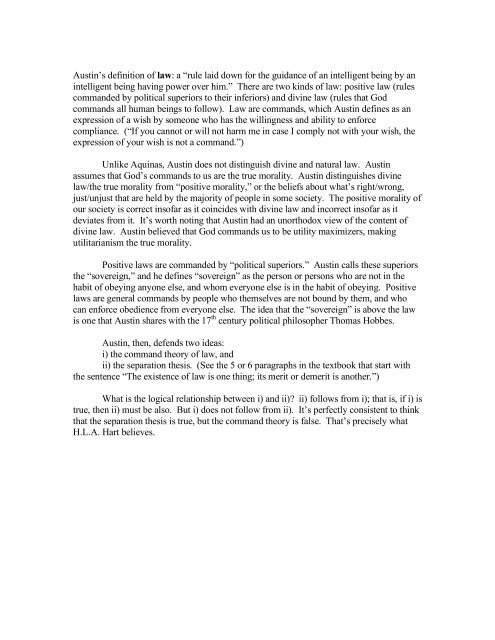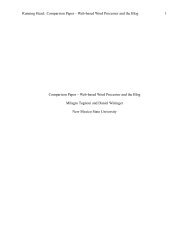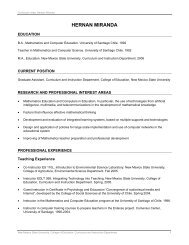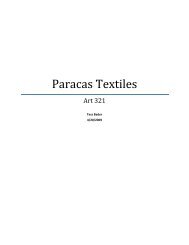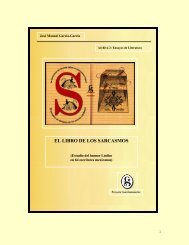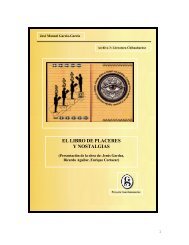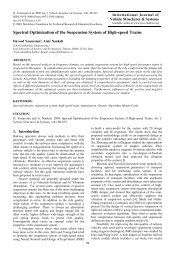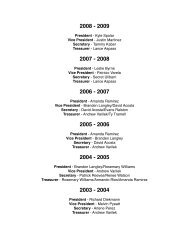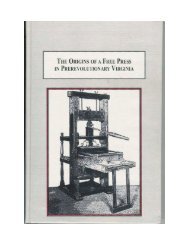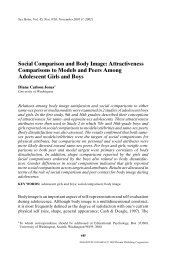LEGAL POSITIVISM vs. NATURAL LAW THEORY - NMSU Web ...
LEGAL POSITIVISM vs. NATURAL LAW THEORY - NMSU Web ...
LEGAL POSITIVISM vs. NATURAL LAW THEORY - NMSU Web ...
Create successful ePaper yourself
Turn your PDF publications into a flip-book with our unique Google optimized e-Paper software.
Austin’s definition of law: a “rule laid down for the guidance of an intelligent being by an<br />
intelligent being having power over him.” There are two kinds of law: positive law (rules<br />
commanded by political superiors to their inferiors) and divine law (rules that God<br />
commands all human beings to follow). Law are commands, which Austin defines as an<br />
expression of a wish by someone who has the willingness and ability to enforce<br />
compliance. (“If you cannot or will not harm me in case I comply not with your wish, the<br />
expression of your wish is not a command.”)<br />
Unlike Aquinas, Austin does not distinguish divine and natural law. Austin<br />
assumes that God’s commands to us are the true morality. Austin distinguishes divine<br />
law/the true morality from “positive morality,” or the beliefs about what’s right/wrong,<br />
just/unjust that are held by the majority of people in some society. The positive morality of<br />
our society is correct insofar as it coincides with divine law and incorrect insofar as it<br />
deviates from it. It’s worth noting that Austin had an unorthodox view of the content of<br />
divine law. Austin believed that God commands us to be utility maximizers, making<br />
utilitarianism the true morality.<br />
Positive laws are commanded by “political superiors.” Austin calls these superiors<br />
the “sovereign,” and he defines “sovereign” as the person or persons who are not in the<br />
habit of obeying anyone else, and whom everyone else is in the habit of obeying. Positive<br />
laws are general commands by people who themselves are not bound by them, and who<br />
can enforce obedience from everyone else. The idea that the “sovereign” is above the law<br />
is one that Austin shares with the 17 th century political philosopher Thomas Hobbes.<br />
Austin, then, defends two ideas:<br />
i) the command theory of law, and<br />
ii) the separation thesis. (See the 5 or 6 paragraphs in the textbook that start with<br />
the sentence “The existence of law is one thing; its merit or demerit is another.”)<br />
What is the logical relationship between i) and ii)? ii) follows from i); that is, if i) is<br />
true, then ii) must be also. But i) does not follow from ii). It’s perfectly consistent to think<br />
that the separation thesis is true, but the command theory is false. That’s precisely what<br />
H.L.A. Hart believes.


